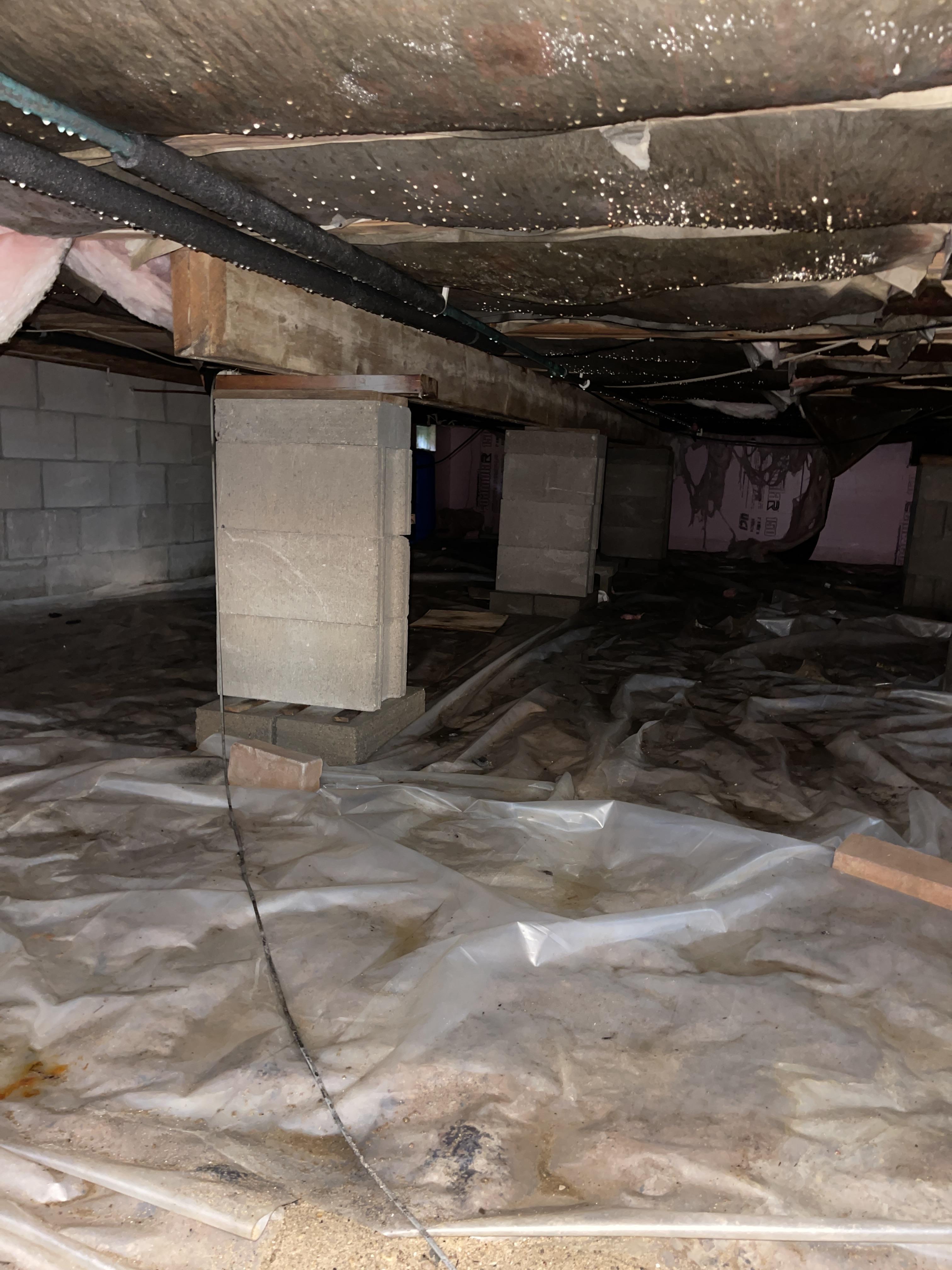Why Crawlspace Encapsulation is Essential for Tawas City Residents
Posted on September 19, 2025

Homeownership in Tawas City, Michigan, comes with its own set of unique challenges, particularly when it comes to maintaining a dry and functional crawlspace. Due to the local climate, homes in this region are often susceptible to moisture, mold, and pest issues stemming from unsealed crawlspaces. This is where crawlspace encapsulation becomes not just a home improvement option, but a necessity.
What is Crawlspace Encapsulation?
Crawlspace encapsulation involves sealing the crawlspace under your home with a heavy-duty barrier that covers the floors, walls, and sometimes even the ceiling. This process helps to control humidity levels, deter pests, and prevent mold growth, ensuring that your living environment remains safe and dry.
For homeowners in Tawas City, this can be a major concern. Here, where breaches of moisture can lead to significant property damage, encapsulation is an effective proactive measure. It addresses these issues by transforming your crawlspace from a liability into an asset, enhancing your home’s overall energy efficiency and air quality.
Beyond moisture control, encapsulation helps in maintaining cooler flooring and offers long-term savings on heating and cooling, making it a cost-effective solution for residents of the greater Tawas City area.
Our professional services are designed to tackle the specific challenges faced by homes in this part of Michigan. By choosing to encapsulate your crawlspace, you’re not just safeguarding your property value, but also contributing positively to your family's health and comfort.
Our teams are always ready to help residents of the greater Tawas City area with expert solutions tailored to meet local needs. Don't wait until mold or pests become a bigger problem; consider encapsulating your crawlspace today.
